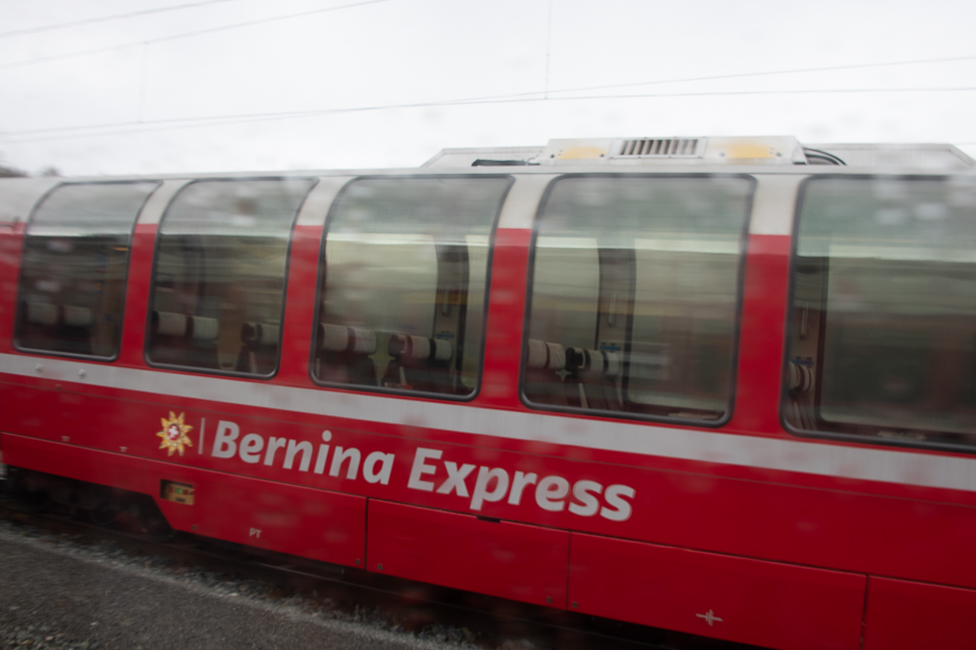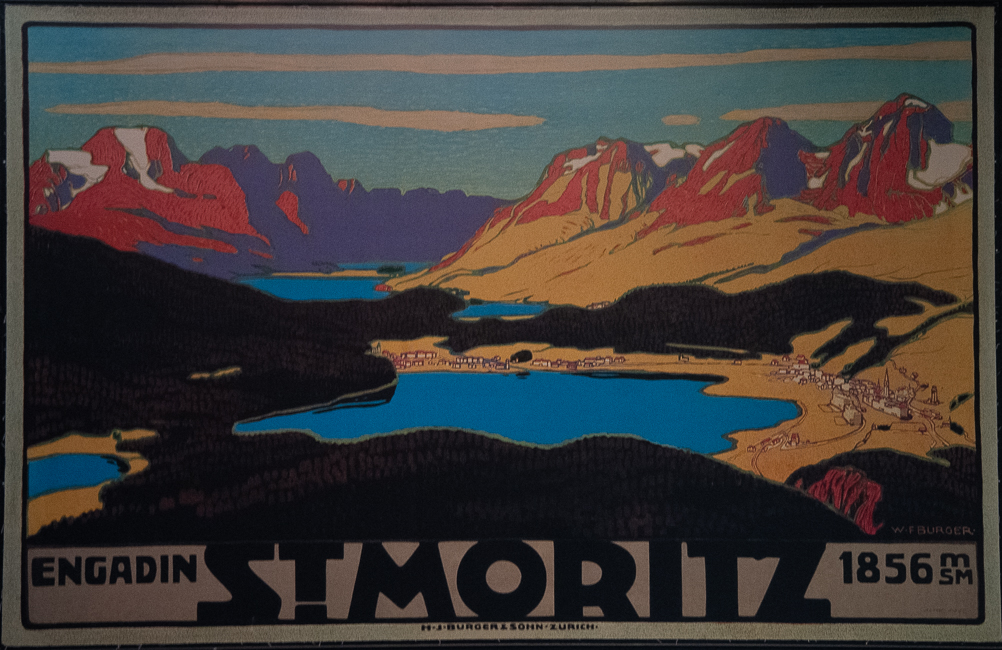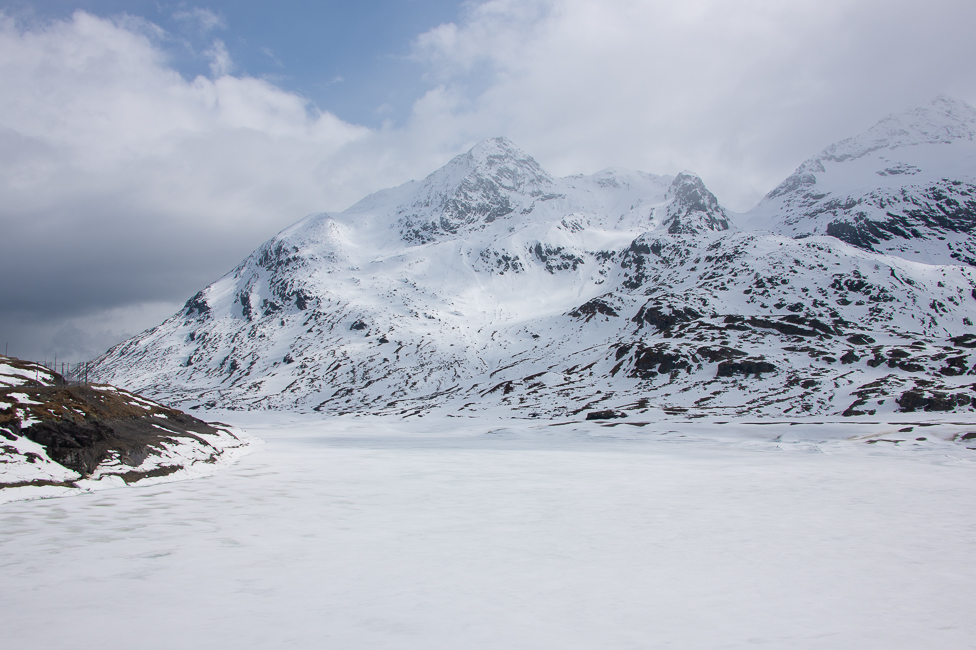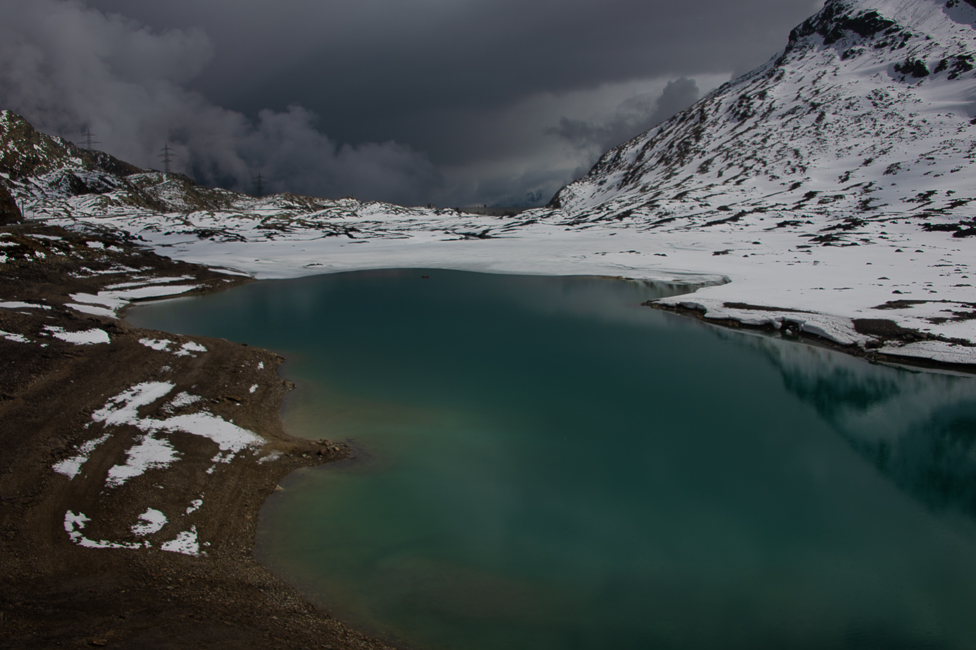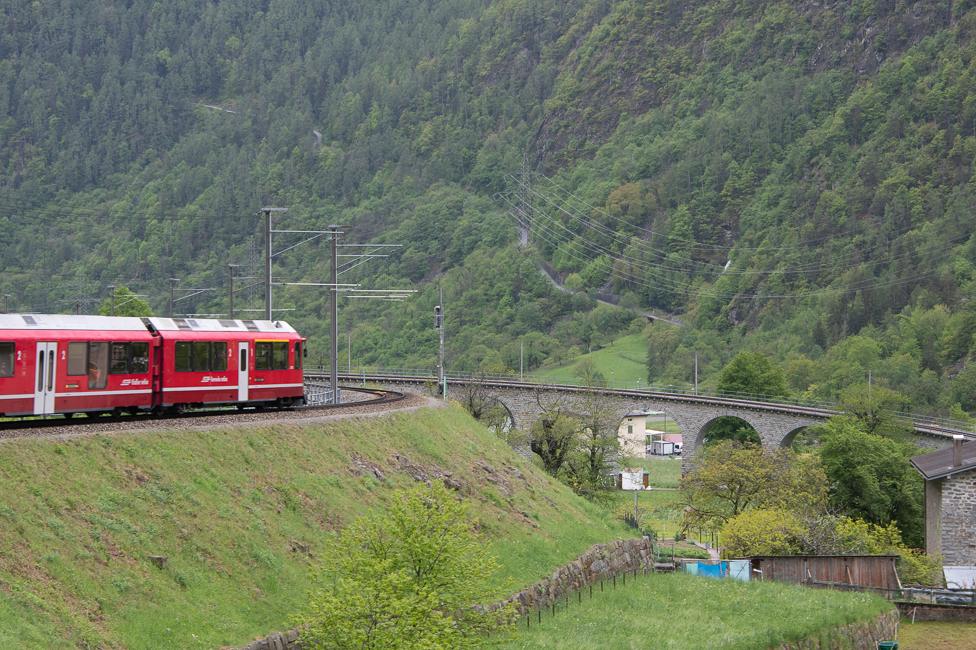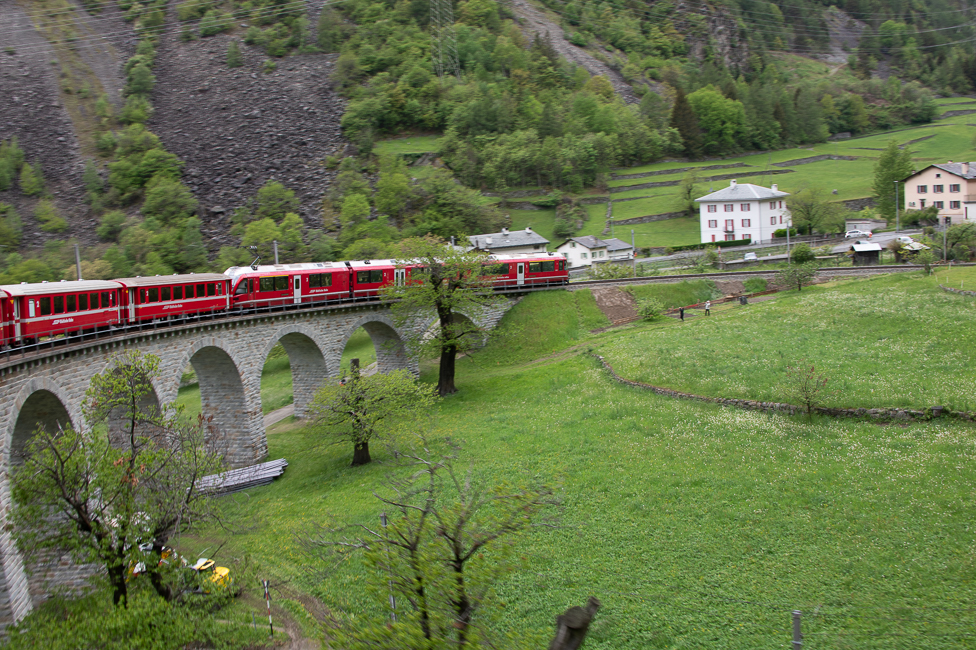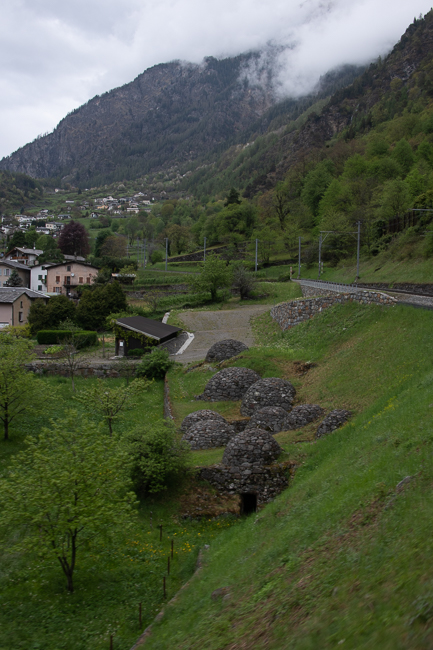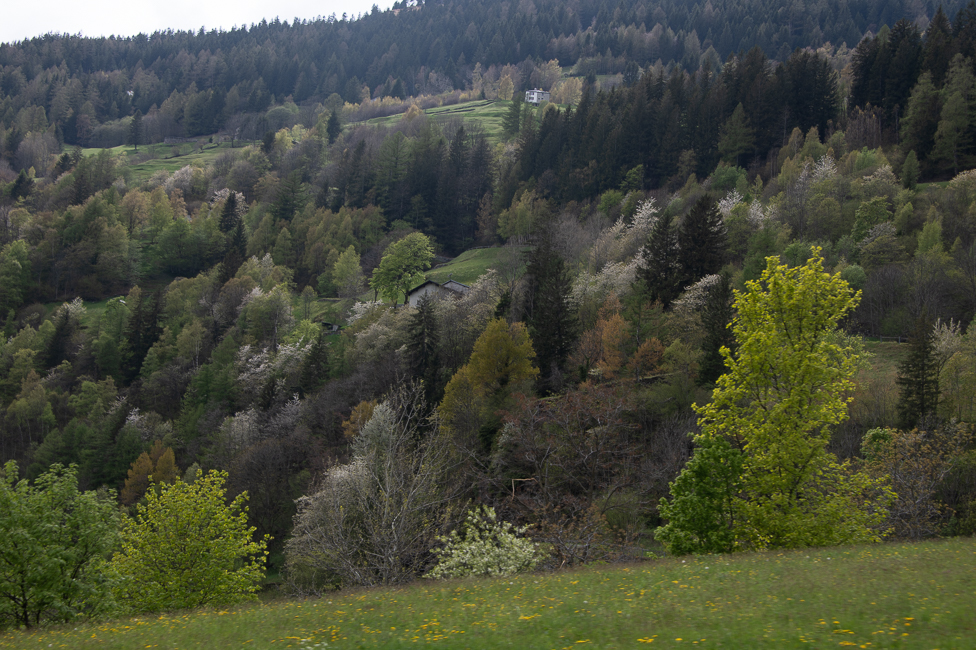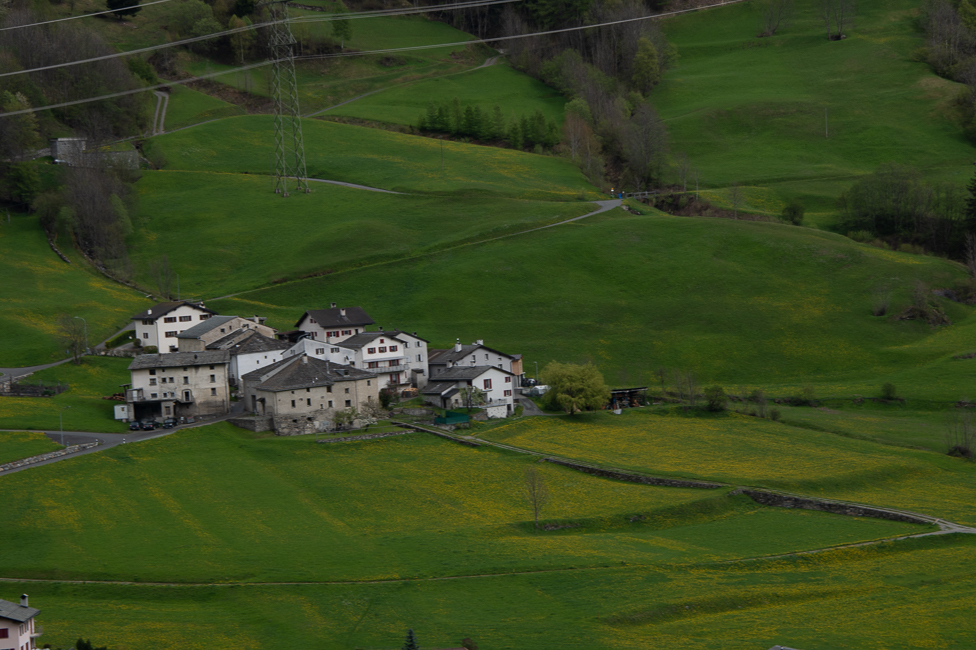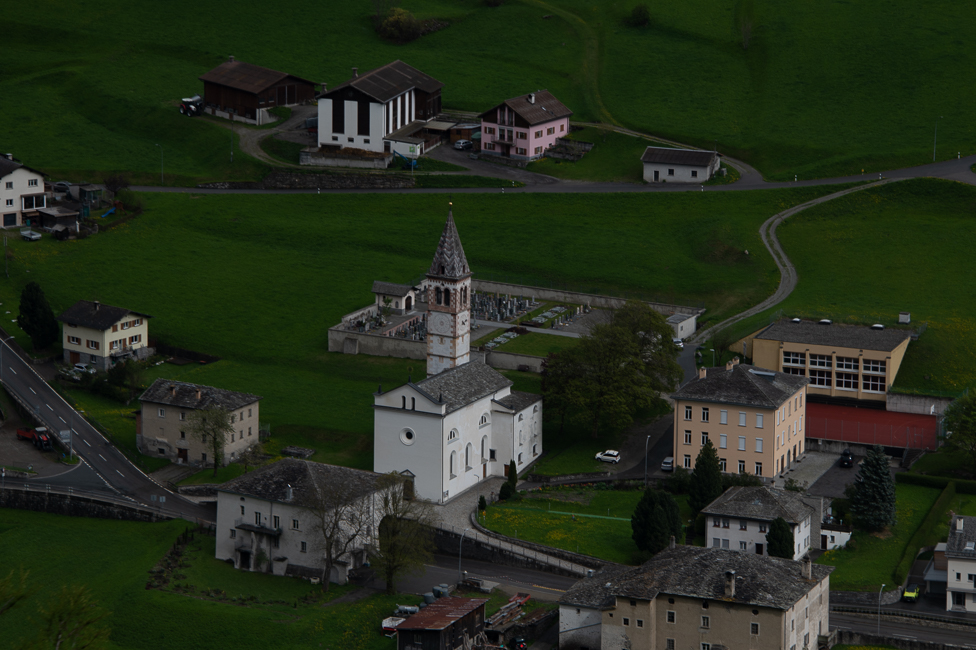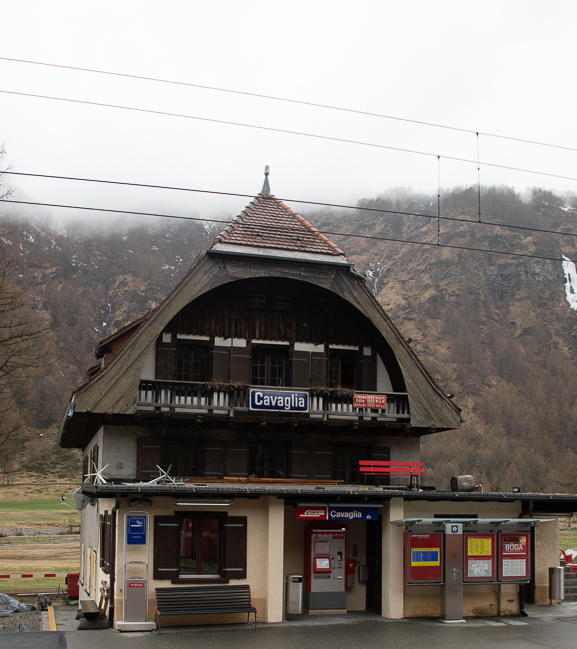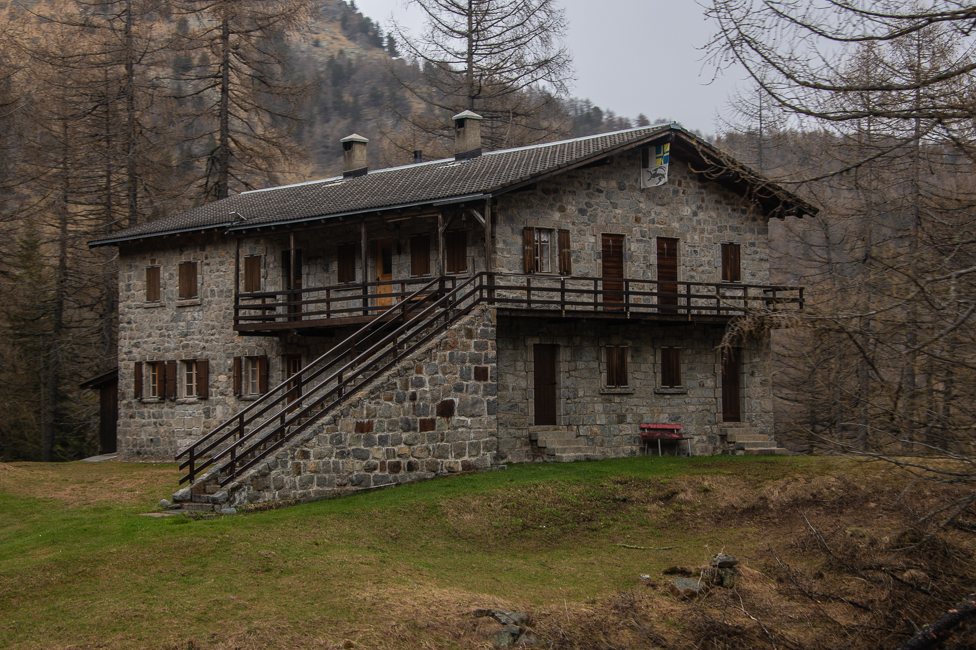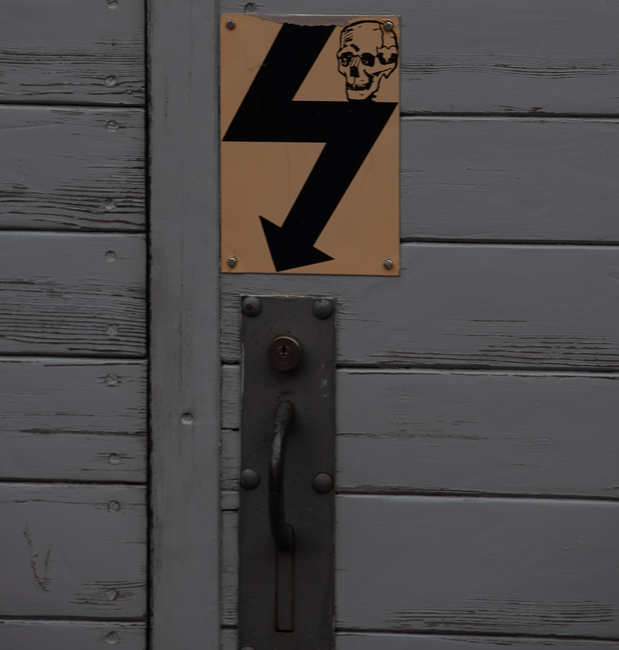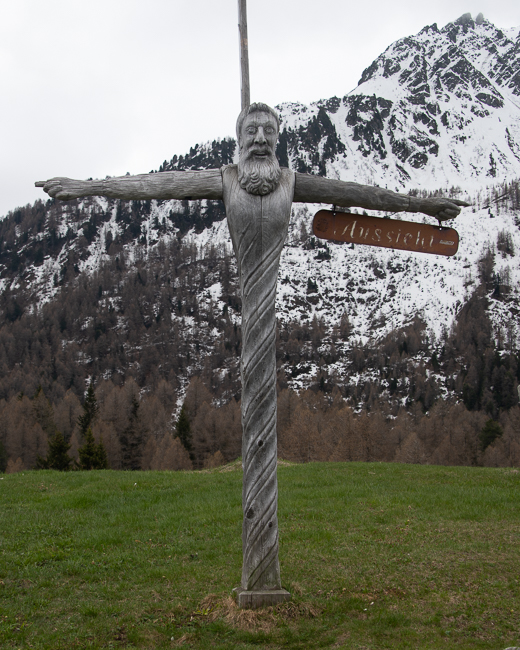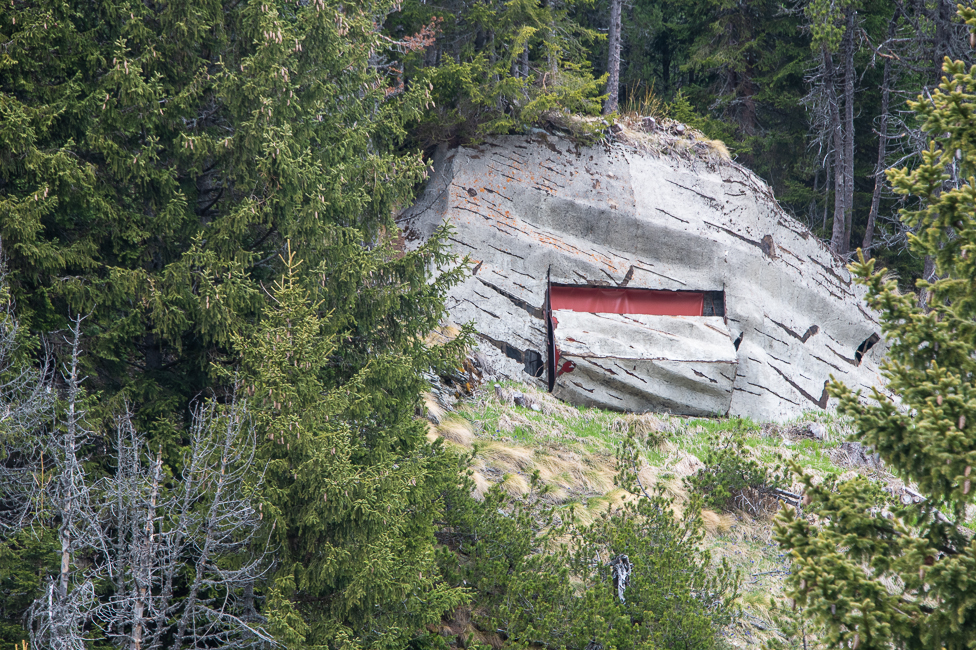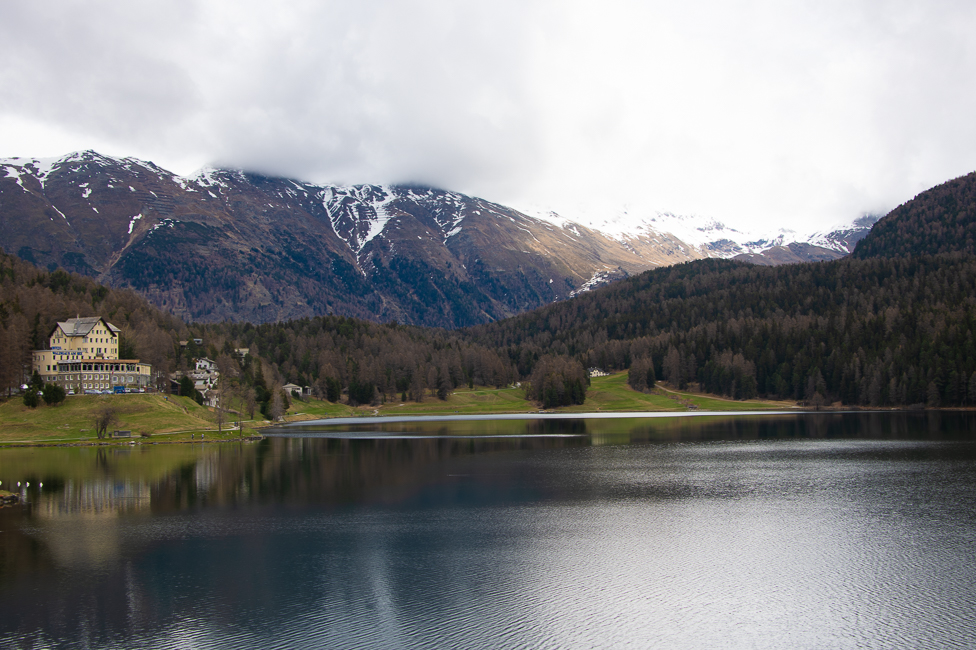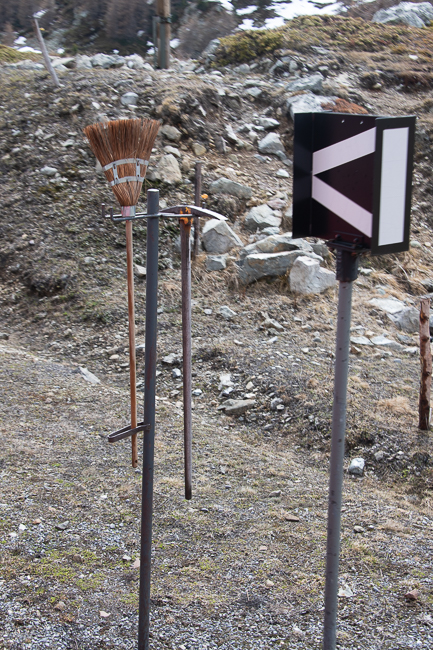May 2022
The Bernina Express or Red Train has been on my list for a while, thanks to my friend Bruce M. It is touted as the most beautiful train ride in the world. I have taken many a train ride, and I would not go so far as to say this is the most beautiful, but it is absolutely worth any effort one would have to take to hitch a ride.
The train has a few different routes, and this is the route from St. Moritz to Tirano.
St. Moritz is world famous thanks to two Olympics, the first in 1928 and the second in 1948. During April, however, there is no one around and nothing open with the exception of a very few hotels and even fewer restaurants.
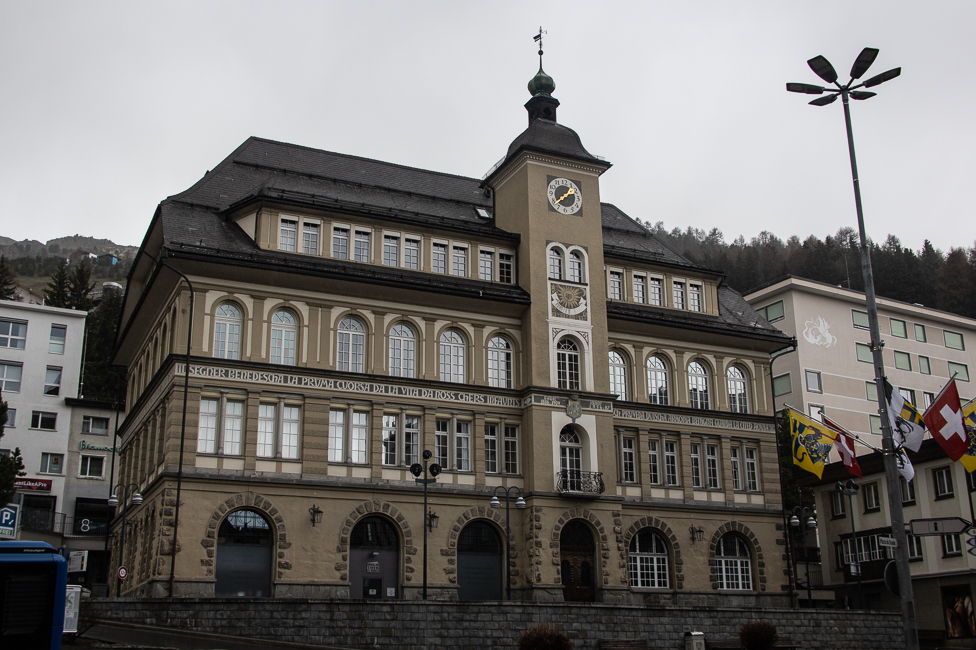
Located inside the old school building dominating the Plazza da Scoula is the St. Moritz Library which possesses over 7000 books written in a number of languages including German, Italian, French and English.
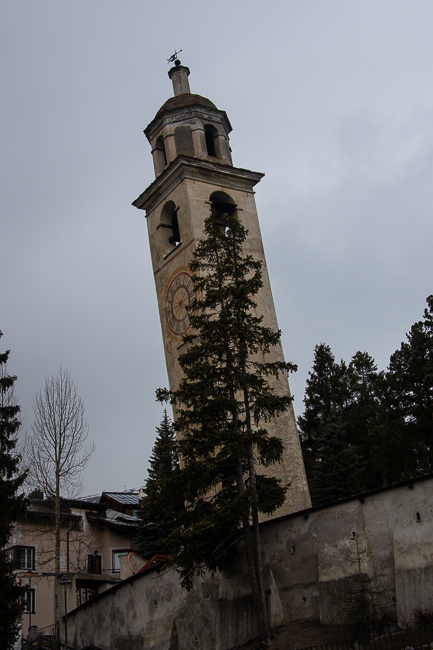
The leaning tower is a landmark dating back to the 12th century. It was part of the old Church of St. Mauritius, which was destroyed in 1893.
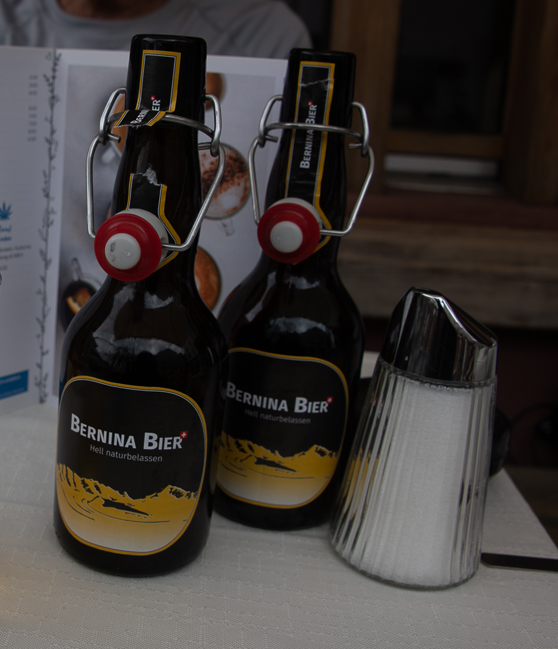
I do not believe this photo needs any explanation, although it was suggested by our waiter who is a native of St. Moritz
The train is part of the UNESCO World Heritage sites. It runs approximately 240 miles and is a narrow-gauge rail. It is the only Swiss railway to cross the Alps and links Italy with Switzerland.
Construction began in 1908 and the railway opened in sections until its completion in 1910. There were two specific needs that drove the building of the rail line. The need for access to hydro-electric plants on the south side of the Bernina pass, and to provide access for tourists to the high mountain area.
The weather was better than our attempt at visiting Zermatt, but not that great. You can watch the changing weather in the photos by watching the sky.
A key structure of the Bernina railway is the Brusio spiral viaduct. It was built to limit the railway’s gradient within its specified maximum of 7%. It is one of the architectural highlights of the Railway.
Fun shots from along the ride
It is believed that there are over 8000 bunkers spread out across Switzerland. They are a holdover from WWII and the nuclear scare of the Cold War. Today they are used for a variety of purposes such as hotels, cheese cellars, data centers, museums and even a mushroom factory.
Despite never having entered the war, Switzerland is prepared for one. Bunkers began to show up in the 1940s to buttress the Alps against foreign invasion of a country surrounded by the Axis powers. There are also 360,000 bomb shelters (mainly to protect the Swiss people), which have been a required feature of any new building since the Cold War.
